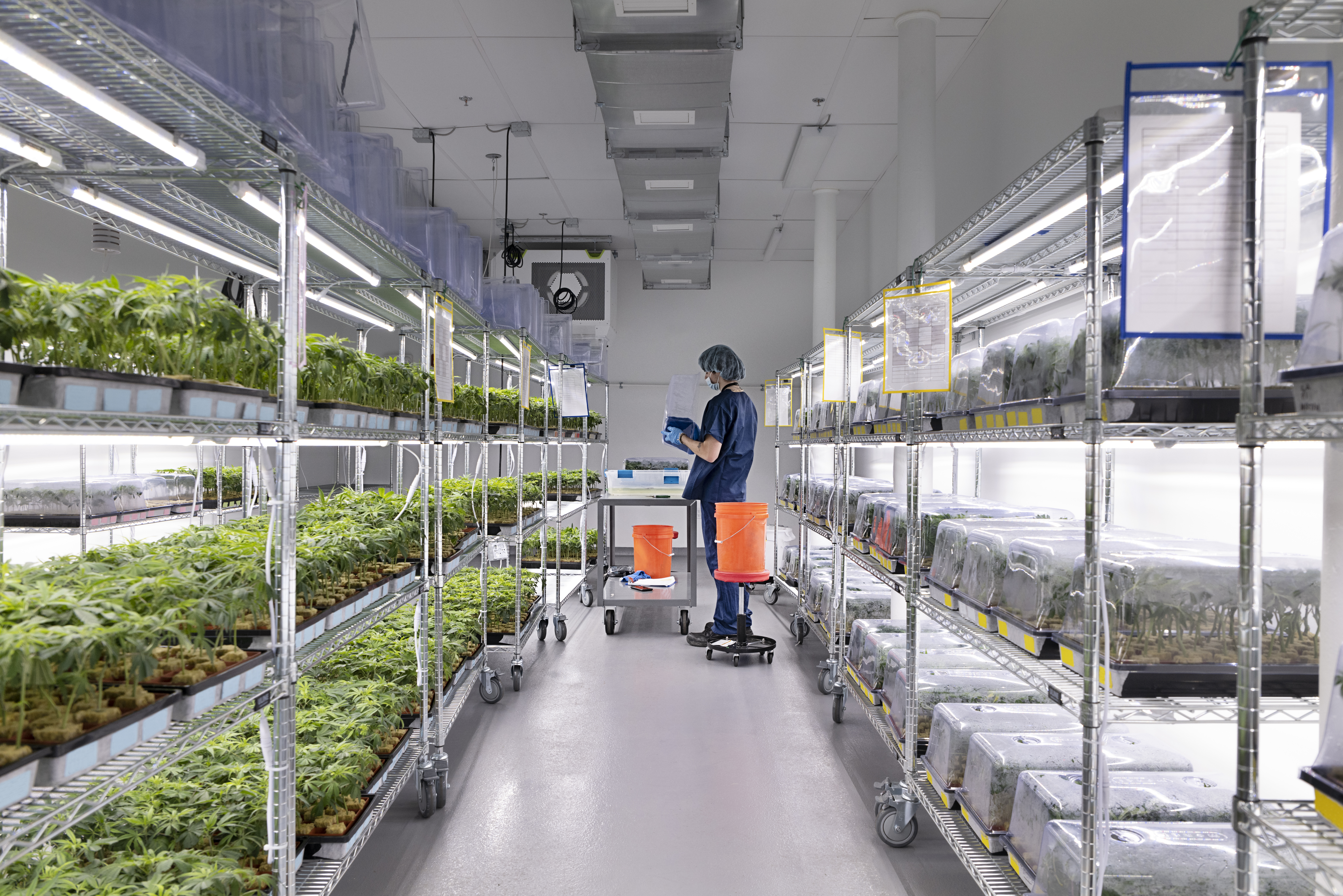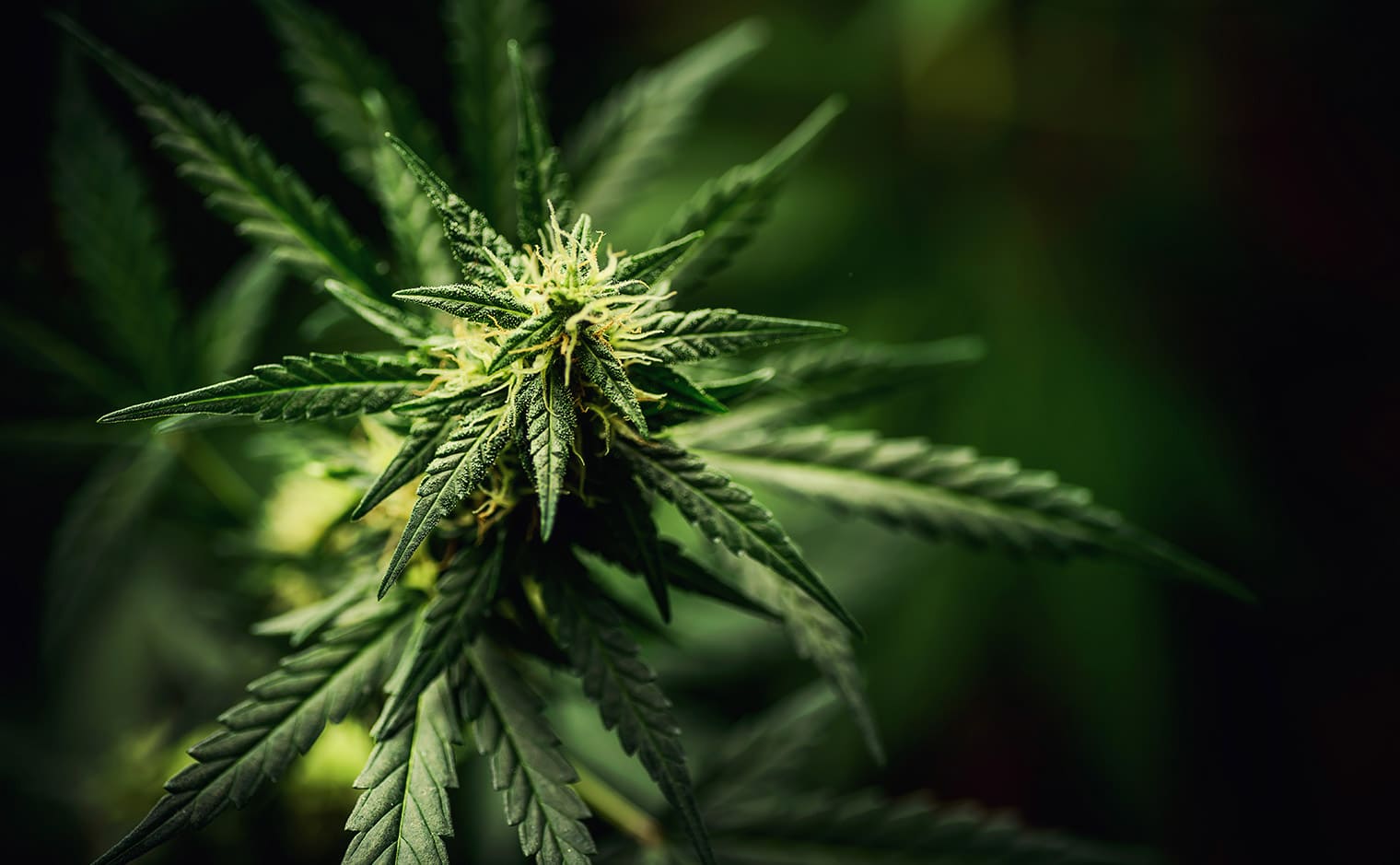When choosing the best cannabis products, consumers often ask as a first question about the differences between Indica vs Sativa. In this article, Gage Cannabis Co. covers the origin of strain names, distinctions between the two types, and their typical effects. We also provide some education on the lesser-known cannabis called ruderalis. Keep reading to get your questions answered.
Indica vs Sativa: Strain Name Origins
How did the terms Indica and Sativa originate? In the mid-1700s, Swedish botanist Carl Linneaus first described hemp plants growing in Europe and western Eurasia as cannabis sativa. Back then, hemp plants were mainly grown for their durable, versatile fibers and nutrient-rich seeds.
In the late 1700s is when the term Indica first emerged. French naturalist Jean-Baptiste Lamarck added a ‘c’ to plants he discovered while researching nature in India. Hemp was also widely cultivated for its fiber and seeds in India in that era.
Interestingly, this is also around the time that the first cannabis concentrate was widely consumed, in the form of hashish. Hashish consumers typically thought smoking flower was a rather crude way to ingest cannabis.
Indica vs Sativa: Differences in the Two Plants
Today, we use the terms Indica and Sativa to classify and describe thousands of cannabis strains. This classification dichotomy is the standard in the cannabis world. However, it does leave out important aspects of your favorite strains – especially their terpene profile.
The terms Indica and Sativa best describe two distinct types of plants. The stems of Indica plants are short and stout, with broad leaves. Modern-day Sativa plants are much taller than their Indica counterparts, and have narrow leaves.
A large portion of the genetic cross-breeding of your favorite cannabis strains has stemmed from the war on drugs. As a result, most of today’s cannabis is a combination of both Indica and Sativa.
When researchers test cannabis at the molecular level, their analysis reveals that only the descriptions of the plant characteristics are entirely accurate when describing Indica vs Sativa. Described effects of the two are largely anecdotal and may even be the product of a placebo effect. Leading experts like Jeff Chen, MD, MBA, Founder of the UCLA Cannabis Research Initiative and co-founder and CEO of Radicle Science believes that the way we classify cannabis is antiquated.
The contemporary classification system we know now divides cannabis plants into two species as a way to describe their appearance. Sativa needs different lighting, nutrients, and growth mediums than Indica requires. However, this system leaves much to be desired, as it is lacking in post-harvest cannabis classifications. Even mainstream news outlets like LA Weekly are chiming in on the Indica vs Sativa issue.
Indica vs Sativa: Cannabis Ruderalis
Now that we understand the differences in the Indica vs Sativa plants, let’s briefly discuss their relative cannabis ruderalis. In botany, a debate exists as to whether cannabis ruderalis qualifies as a species or subspecies. The term ruderal refers to a species of plant that grows first after lands have been disturbed, whether by human activity or natural disaster.
Cannabis ruderalis is native to parts of northern Asia, as well as Central and Eastern Europe. Ruderalis plants can survive harsh climate conditions and notably shorter growing seasons. Some cannabis breeders believe that these harsh conditions led to many of the indica-dominant characteristics of popular strains.
Ruderalis plants are shorter in stature than their Indica and Sativa relatives. Most ruderalis plants stand under two feet tall. The stems of cannabis ruderalis are sturdy and thick, while the buds are small but dense. Flower from ruderals will almost certainly be very low in potency.
Ruderalis cannabis varieties enter their flowering state automatically. This is entirely based on how mature the ruderalis plants are. The flower of Indica and Sativa plants emerge during their photoperiod, or more commonly, their light and dark cycle. The characteristics of ruderalis show up in many commercial cannabis seeds, giving us the highly sought-after auto-flowering varieties.
Indica vs Sativa: Effects
What are the differences in how Indica vs Sativa make you feel? Most consumers agree that Indica-dominant cannabis strains deliver bodily pain-relieving, calming, and sedative effects. Typically, Sativa varieties can cause a cerebral creative, uplifting and energetic high.
However, every consumer is different in how a particular strain makes them feel. You could fall asleep after smoking Sativa cultivar, while your friend could feel energized after smoking Indica. How you feel from consuming a particular cannabis strain depends on much more than just Indica vs Sativa. This is why it’s important to list the cannabinoid and terpene content of the cultivar, so you know how much (or how little) of these compounds you’re ingesting.
Effects also vary depending on the method of consumption. Smoking flower has different effects than vaping concentrates or eating edibles, for example. A cannabis consumer’s unique biology, and how much they use also plays a large role in how effects are felt. All of the above will have more of an impact on strain effects than whether it’s Indica or Sativa.
Indica vs Sativa? Who Cares? Pass the Gage, Man!
As the cannabis industry evolves, there will most likely be seeing the development of a more accurate classification system. Now that cannabis use is out of the black market, we can start to use common-sense approaches to classifying this diverse plant.
Already know whether you’re an Indica or a Sativa person? Say no more! We’ve got everything you could ever want right here on the extensive Gage Cannabis Menu or stop by our recreational dispensary in Massachusetts. Be sure to follow us on Instagram to stay up-to-date on the best products and deals.
As always, please consume cannabis responsibly.




